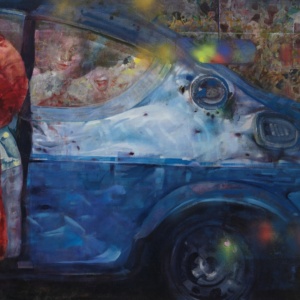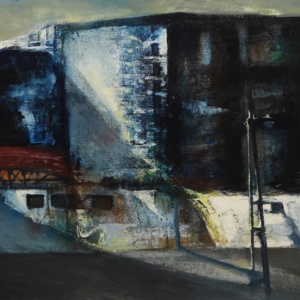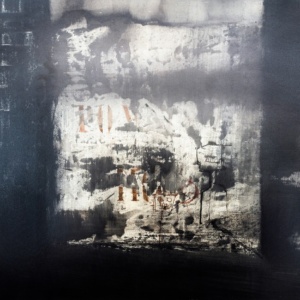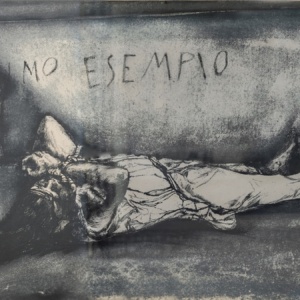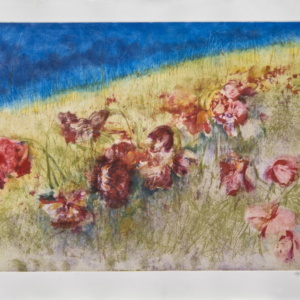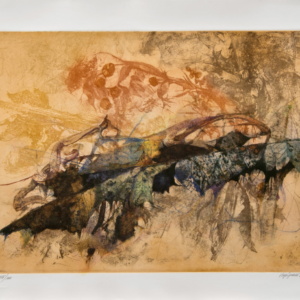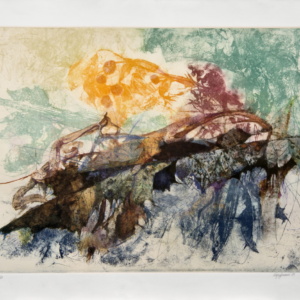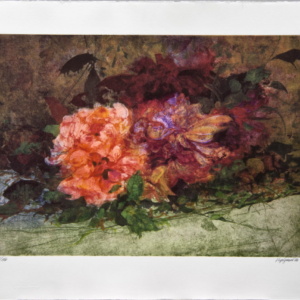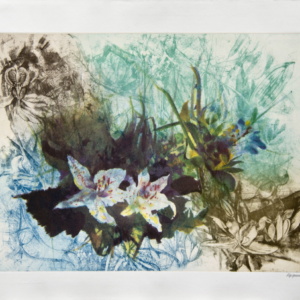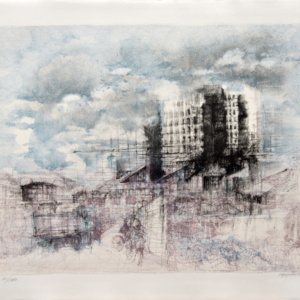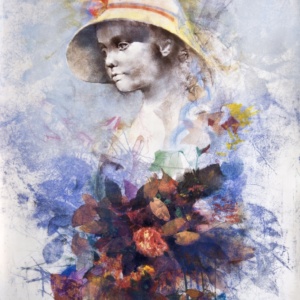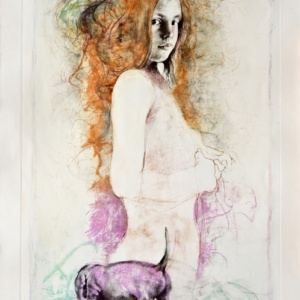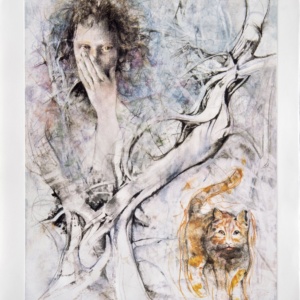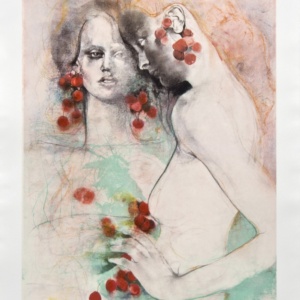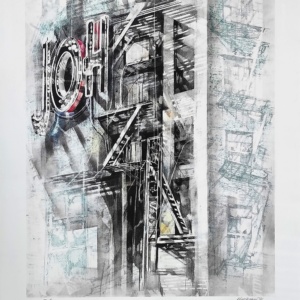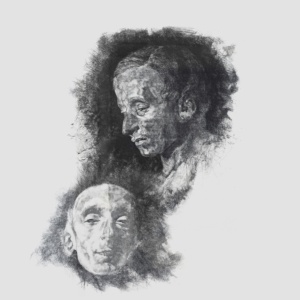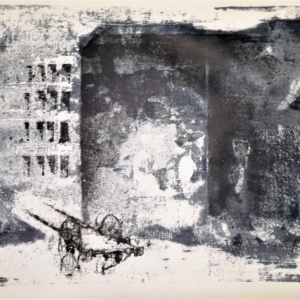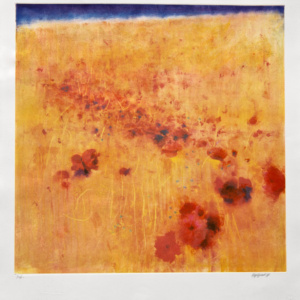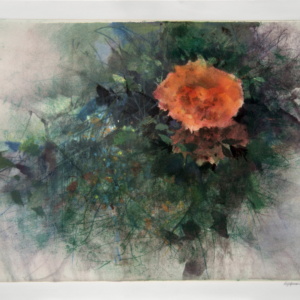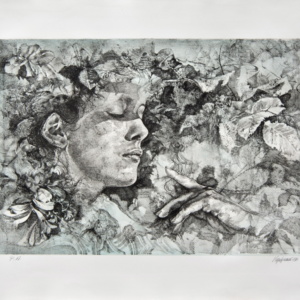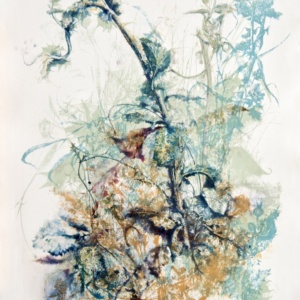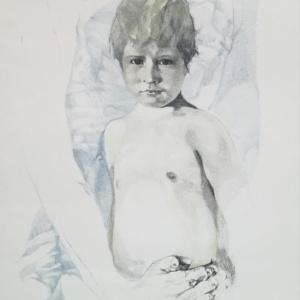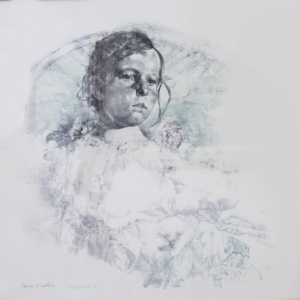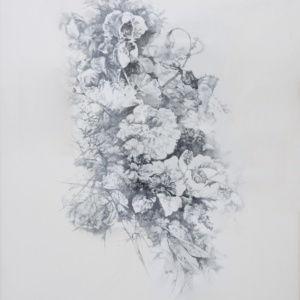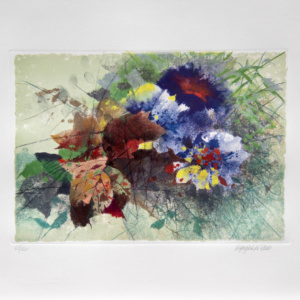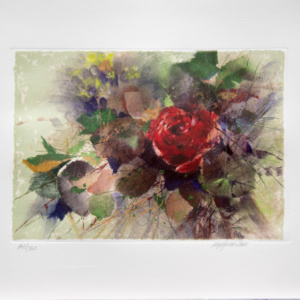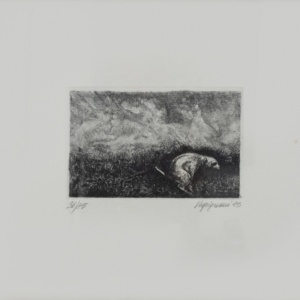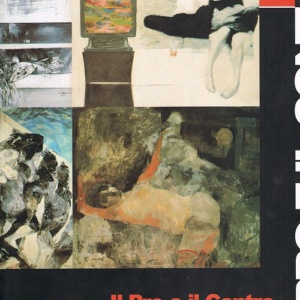Renzo Vespignani
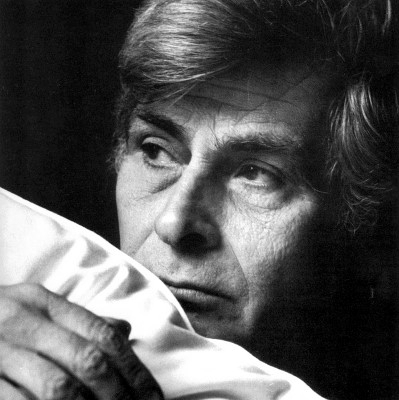
PAINTINGS
ART PRINTS
CATALOGUES
VIDEO
Attardi, Calabria, Vespignani | Galleria d'Arte Edarcom Europa | october 2006
ARTISTS
Renzo Vespignani was born in Rome in 1924. When his father, a respected surgeon and cardiologist, died in 1929, he and his mother moved from the Esquilino district to the more working-class Portonaccio area. Here he grew up, and he began to draw at the time of the Nazi occupation of the city. He responded in full to the cruelty and pathos of those dramatic times: the squalor of the city’s outer reaches, the ruins and rubble caused by the bombing, the plight of the outcast and the general poverty of everyday life. In that period, printmaker Lino Bianchi Barriviera introduced him to the study of etching. He also frequented the studios of numerous painters in Via Margutta, including those of Alberto Ziveri and Luigi Montanarini, who were among his most important influences together with German expressionist painters such as Otto Dix and George Grosz.
In the immediate post-war period, he presented his first solo show (1945) at an art gallery in Rome. He began to work for various political and literary magazines, for which he both wrote and produced satirical illustrations and drawings. In that period, he joined the Communist Party, but resigned in protest in 1958 following the events of the Hungarian Uprising. With other artists, such as Piero Dorazio, Achille Perilli, Marcello Muccini, Armando Buratti and Graziella Urbinati, he founded the group Arte Sociale (Social Art).
From the late 1940s, and while exhibiting extensively in galleries across Europe, he started to work with renowned theatre directors – including Luchino Visconti – and designed stage sets for important theatre, dance and opera productions, among which the plays I giorni contati (Numbered Days) and L’assassino (The Killer) by Elio Petri, the ballet Maratona di danza and the opera The Bassarids with music by Hans Werner Henze, Leoš Janáček’s opera Jenufa and Bertolt Brecht’s satirical ballet chanté The Seven Deadly Sins and his play The Mother.
In the early 1960s, along with some of the most representative artists of the so-called ‘new figuration’ (Ugo Attardi, Ennio Calabria, Corrado Gianquinto, Piero Guccione and Fernando Farulli) and art critics Antonio Del Guercio, Dario Micacchi and Duilio Morosini, he founded the group Il Pro e il Contro (The Pro and the Con). Among his most important pictorial series exhibited in galleries and museums in Italy and abroad were Imbarco per Citera (Embarkation/Boarding for Citera, 1969) which depicts intellectual involvement in the protests of 1968, Album di famiglia (Family Album, 1971), a controversial portrait of everyday life, Tra due guerre (Between Two Wars, 1975), a merciless portrayal of petit bourgeois respectability and authoritarianism in the Fascist period in Italy, Come mosche nel miele (Like Flies in Honey, 1984), dedicated to his friend Pier Paolo Pasolini and his poetics, and Manatthan Transfer (1991), where he portrayed the atmosphere and the contradictions he had observed on a trip to the United States.
A great admirer of literature and one of the greatest etchers of his time, his work was inspired by Boccaccio’s Decameron, Giacomo Leopardi’s poetry and writings, The Complete Works of Vladímir Majakóvskij, TS Eliot’s Four Quartets, Kafka’s Complete Stories, Gioachino Belli’s Sonnets, the poetry of Giacomo Porta, Francois Villon’s Le Testament and Henri Alleg’s memoir La Question.
His work was shown four times at the Venice Biennale (1950, 1954, 1960, 1984) and five times at the Rome Quadrennial (1956, 1959, 1965, 1972, 1986). In 1999, he was appointed President of the National Academy of Saint Luke and Grand Officer of the Order of Merit of the Italian Republic. Vespignani died in Rome in 2001.



